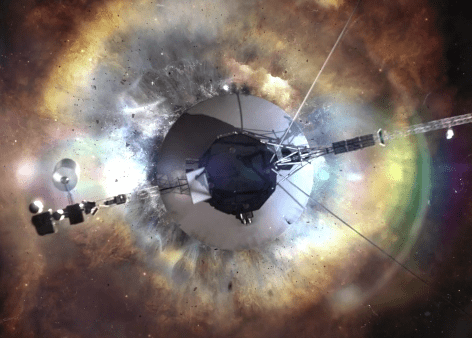“The nitrogen in our DNA, the calcium in our teeth, the iron in our blood, the carbon in our apple pies were made in the interiors of collapsing stars,” Carl Sagan famously said in his 1980 series Cosmos. “We are made of starstuff.”
And even today, observations with NASA’s airborne SOFIA observatory are supporting this statement. Measurements taken of the dusty leftovers from an ancient supernova located near the center our galaxy – aka SNR Sagittarius A East – show enough “starstuff” to build our entire planet many thousands of times over.
“Our observations reveal a particular cloud produced by a supernova explosion 10,000 years ago contains enough dust to make 7,000 Earths,” said research leader Ryan Lau of Cornell University in Ithaca, New York – the same school, by the way, where Carl Sagan taught astronomy and space science.
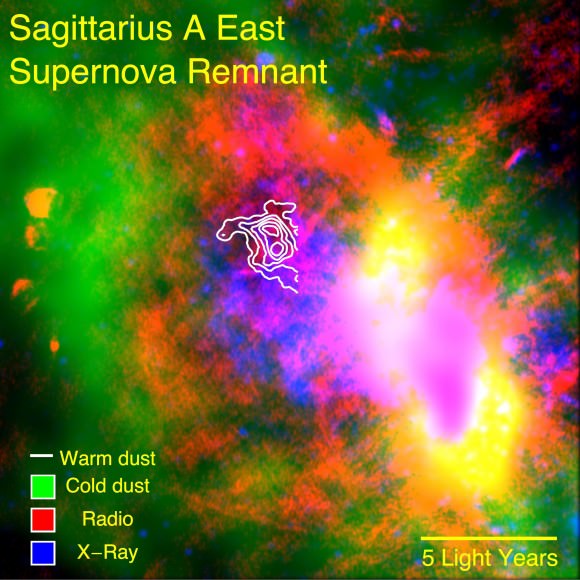
While it’s long been known that supernovae expel enormous amounts of stellar material into space, it wasn’t understood if clouds of large-scale dust could withstand the immense shockwave forces of the explosion.
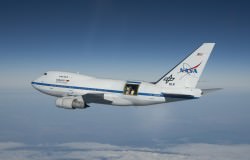
These observations, made with the joint NASA/DLR-developed Faint Object InfraRed Camera for the SOFIA Telescope (FORCAST) instrument, provide key “missing-link” evidence that dust clouds do in fact survive intact, spreading outward into interstellar space to seed the formation of new systems.
Interstellar dust plays a vital role in the evolution of galaxies and the formation of new stars and protoplanetary discs – the orbiting “pancakes” of material around stars from which planets (and eventually everything on them) form.
The findings may also answer the question of why young galaxies observed in the distant universe possess so much dust; it’s likely the result of frequent supernova explosions from massive early-generation stars.
Read more in a NASA news release here.
Source: NASA, Cornell, and Caltech
“We have begun to contemplate our origins: starstuff pondering the stars; organized assemblages of ten billion billion billion atoms considering the evolution of atoms; tracing the long journey by which, here at least, consciousness arose.”
– Carl Sagan, Cosmos (1980)

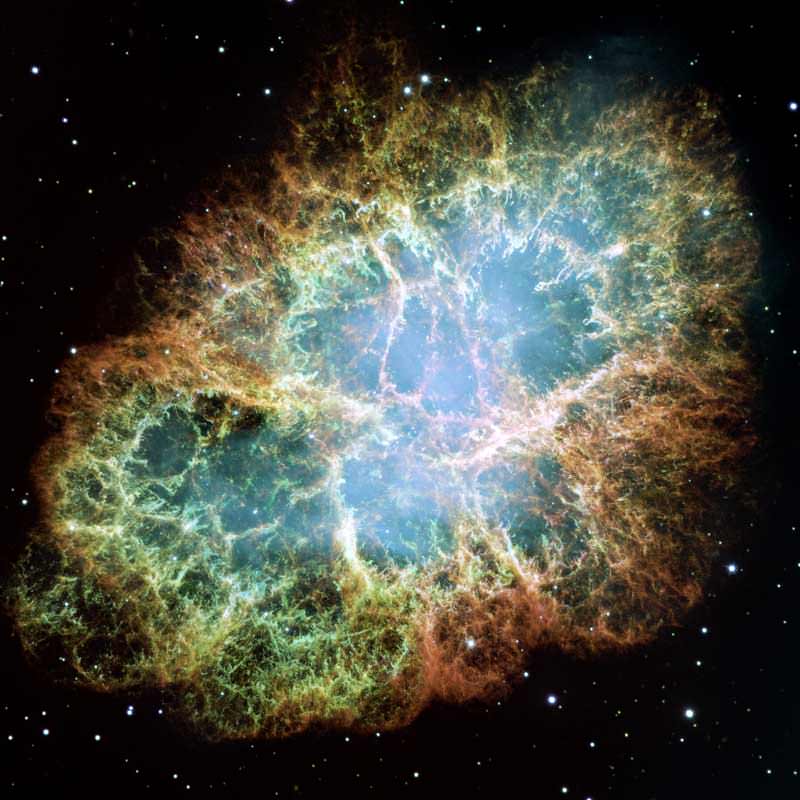
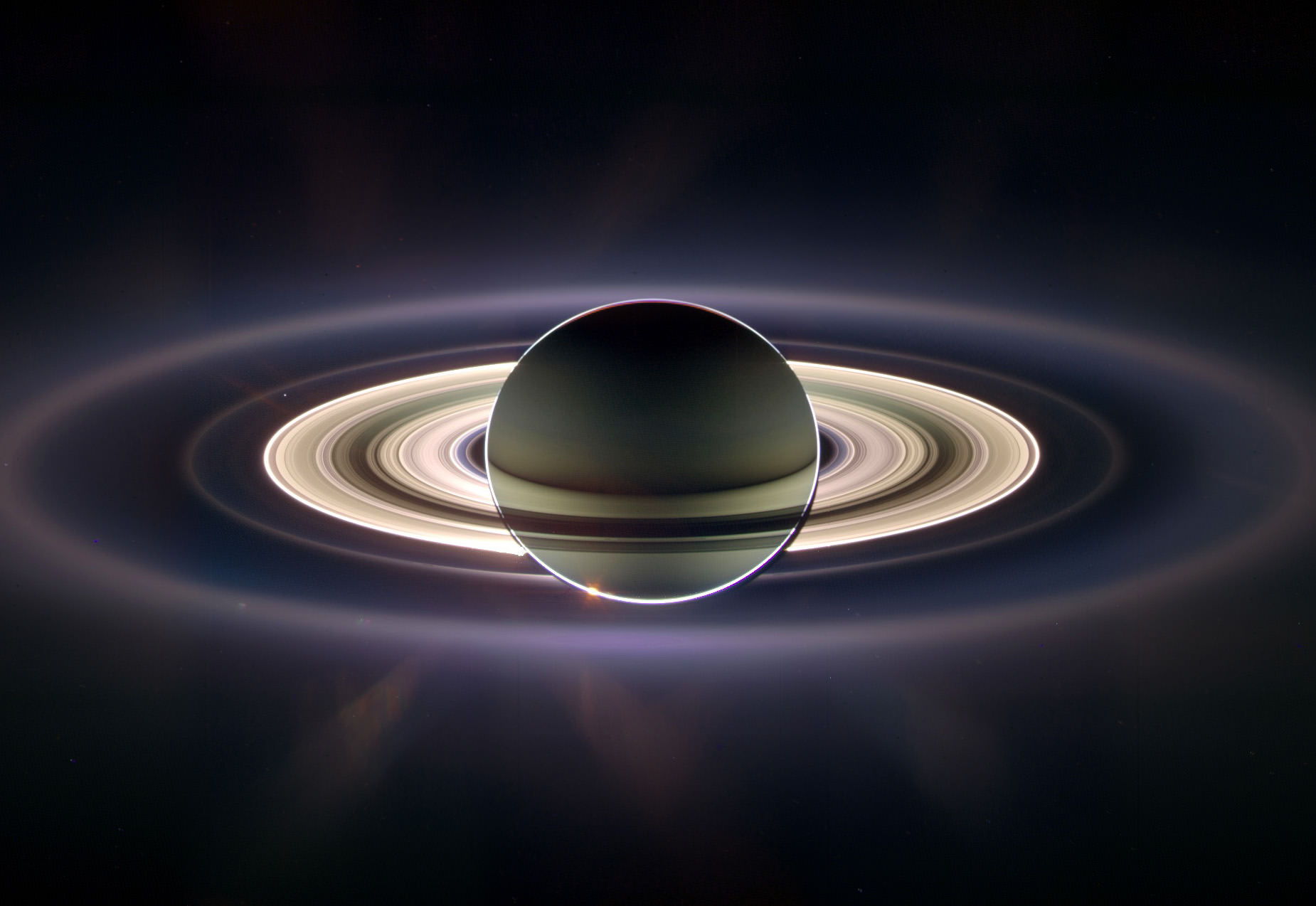
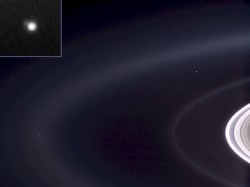
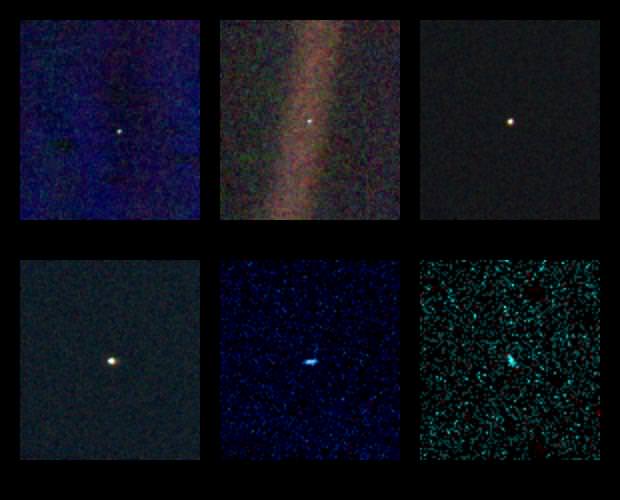

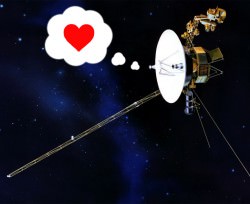 It was the unique perspective above provided by Voyager 1 that inspired Carl Sagan to first coin the phrase
It was the unique perspective above provided by Voyager 1 that inspired Carl Sagan to first coin the phrase 